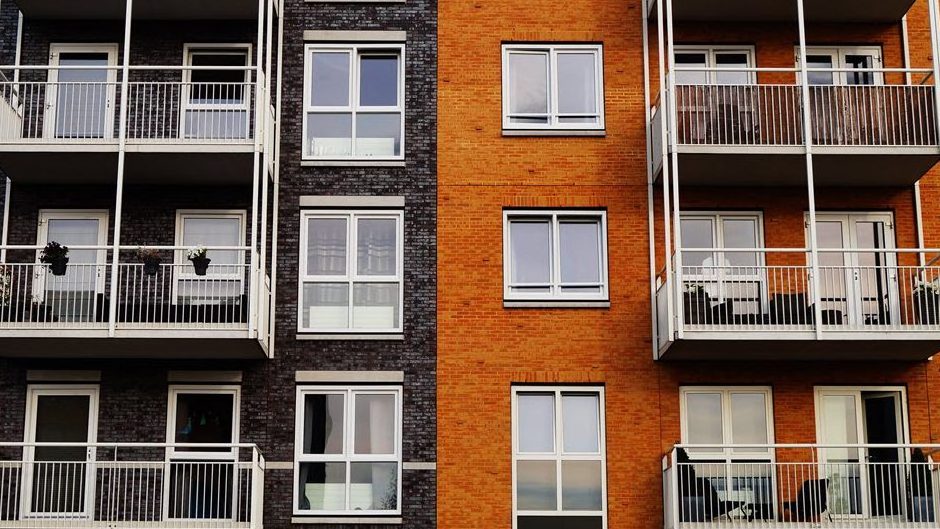Operators of professionally-managed apartments across the U.S. have collected monthly rent from 93.3% of residents as of May 27, according to just-leased information from the National Multifamily Housing Council. The share of households paying monthly rent in May is up 1.6 percentage points from the April figure, while still trailing May 2019 results by 1.5 percentage points.
Information shared in the research provided by the NMHC is compiled from five property management software providers, including RealPage. The data set covers more than 11 million market-rate units.
Results by Product Price Point Hold Steady
Repeating the pattern in rent collections seen since this research was initiated in early April, renters of higher-priced Class A projects and mid-priced Class B communities are most current on their rent payment obligations. RealPage stats show that the share of households paying May’s rent as of May 27 is highest at 93.5% in Class B properties, just ahead of the 92.5% share of households up-to-date on payments in Class A developments.
Those living in lower-priced Class C properties are having a tougher time making their rent payments. While 87.5% of the residents in Class C projects have paid their rent for May, that number is 5 to 6 percentage points under the results in the Class A and B niches. Furthermore, May’s collections level runs a little behind the pace recorded in April, reversing the month-to-month payment pattern at the top and middle of the product spectrum.
RealPage is anticipating a jump in payment delinquencies in the Class C product niche once enhanced unemployment benefits run their course. Those challenges could begin to show up as early as August, if federal supplements for those who have lost their jobs are not extended.
Here’s Some Metro-Level Good News
At least 97% of the apartment households have paid May’s rent in five of the country’s largest metros – Providence, Virginia Beach, San Jose, Riverside/San Bernardino and Salt Lake City.

Collections are also well above the U.S. norm in Dallas, Phoenix, Austin and Denver. Results in those four metros are worth noting because April jobs information released by the Bureau of Labor Statistics during the past week shows far less economic damage in those locations than in other big metros. If national rent payments do deteriorate in late summer to early fall, there’s now hard data to suggest that Dallas, Phoenix, Austin and Denver will feel comparatively less pain.
If you’ve been following the weekly rent collections info generated over the last couple of months, here’s this story’s most surprising statement: Results in metro New York are getting back on track. Once spread of COVID-19 began to abate in the last half of May, rent collections progressed. As of May 27, 93.6% of the residents in New York’s tracked apartments have paid rent. That share is up roughly 6 percentage points from the collections volume recorded in the month of April.
Results Are Less Favorable in Some Spots
The opposite of the pattern seen in New York is what’s now happening in Baltimore. While rent collections during the initial week of May looked OK in this metro, many of the payments that were not on time just never came in during the following weeks. As of May 27, 88.9% of the households in Baltimore have paid May’s rent. That figure is off about 4 percentage points from April’s level, falling to the lowest payment rate across the country’s big metros.
The Centers for Disease Control now lists Baltimore as one of the nation’s hot spots for spread of the coronavirus. Furthermore, regional media have been critical that the state of Maryland has been slow to process unemployment claims, limiting the rent payment capabilities of those who have lost their jobs.
New Orleans, Las Vegas and Los Angeles, previously cited as rent payment laggards, continue to struggle relative to other locations.

After collection results for the initial week of May came in, RealPage identified four potential trouble spots to watch during the remainder of the month – Atlanta, San Francisco, Washington, DC and Seattle. Payments caught up to the solid levels seen previously in Atlanta, San Francisco and Washington, DC. They didn’t in Seattle, where May’s 92.1% collection rate falls more than 4 percentage points from the April result. Adding further concern to the payment outlook in Seattle, massive layoffs have been announced in the past few days for Boeing, one of the metro’s giant employers.







